Stadiums and concert venues are complex businesses. They involve many systems: CRM, ticketing, food service, parking, loyalty programs, access control, and reporting. When these systems don’t talk to each other, clubs lose money, time, and fans. In this article, we explain why that happens, how a proper architecture solves it, and how to bring order step by step—without rewriting everything from scratch.

Why clubs lose fans before the game starts
A stadium isn’t just a pitch and stands. It’s an online store, a ticketing portal, a food court, parking, access systems, calendars, CRM, and accounting. These systems often run in parallel, unaware of each other. Data is lost. Marketing shoots blindly. CRM doesn’t see who entered the venue. The website doesn’t know which seats are available. Managers can’t forecast match revenue.
Most clubs deal with this manually. CRM is separate. Mobile app is another thing. Tickets are sold via a third-party provider. Access is managed by an integrator. Parking is tied to license plates, not tickets. Food is handled by r-keeper, but loyalty discounts don’t work there. Revenue data is collected in Excel and cross-checked manually. This wastes time and leads to errors.
Without integration, the club can’t track a fan’s journey. How many games they’ve attended. When they bought a season pass. How often they open the app. What notifications they engage with. What they buy. And why they stop coming.
Eventually, the club loses money—on broken discounts, on campaigns no one opens, on delayed reactions to sales, on fans who disappear from sight.
How to make discounts work automatically
To fix it, you need a system that connects everything. It starts with CRM, but doesn’t end there. The CRM must know not just who’s in the database, but where they are now, what they bought, what they clicked, and how they behave. Each fan has a digital ID—UUID. Not just a row in a table, but a code tied to tickets, entries, purchases, points, and actions.
This UUID works at every contact point. The fan enters the stadium—ticket scan sends data to CRM. Opens the app—a QR is generated and tracked. Buys food—loyalty discount applies automatically. Exits parking—license plate is matched, access is granted via CRM. This is a living system. No manual merging. Everything is already connected.
But a slick interface isn’t enough. You need to connect ticketing systems (e.g. Yandex, Infotech), access control (e.g. Informatika), parking and POS systems, e-store and app, 1C for financial tracking. And all of it tied to one central logic.
The calendar is key. Not just for games—also concerts, rentals, maintenance. It needs to show real load, help forecast expenses, schedule staff, and launch promo campaigns in advance.

What changes when the system works
Once in place, the system turns the stadium into a managed business. Managers can see per-event economics. Understand costs tied to a specific concert. Track profitability shifts with promos. Spot where average spend drops. Identify which campaigns work—and which ones are spam.
This needs scale. You can’t custom-build each time. The system must be designed to scale across venues. Swap ticketing partners. Plug different modules. Adapt to arenas or concert halls.
CRM is the core, but not the goal. The goal is to stop running isolated tools. Everything before, during, and after the event needs to be part of one architecture. Transparent. Predictable. Smart.
What fans experience
With integrated CRM, the club knows exactly who buys tickets—not just demographics, but actual names and patterns. If someone attends three games but skips the fourth, the system notices and sends a timely push, email, or SMS. Not a mass message, but a personal one: “You’ve been with us all March. Here’s a gift for the next game.” Such messages are opened 3–5x more than regular promos.
The app and website become responsive. Fans see relevant tickets. Get timely offers. See their point balance. They feel seen—and that drives loyalty.
Retail ties into behavior. A season pass buyer gets a message two days later: “Show your pride — 20% off scarves this week.” These actions work not because of design, but because of timing and relevance.
Points accrue automatically—for ticket purchases, promo participation, email clicks. These points turn into discounts in the app, free parking, or drinks. Fans can gift them to others or activate them on entry. All via UUID—no extra signups.

Operations without the chaos
Venue staff work from the calendar—not memory or chat. For high-load events, the system shows what’s needed: more gate staff, extra POS terminals, a food area check. Tasks become checklists, not emergencies.
Analytics that matter
In traditional setups, reports mean Excel exports. Here, data comes together instantly: attendance, sales, actions, expenses. “18,000 fans, food revenue 7.2M, merch 2.3M, avg check 650 rub.” Compared to past events. In one report. Within an hour after the whistle.
Where clubs start
Most clubs already use parts of this. A CRM here. A loyalty app there. But without connections, these tools don’t manage the venue—they just coexist.
Step one: review what you have. What systems, who supports them, where data lives. Where it duplicates or breaks.
Step two: map the fan journey. Where they come from, how they buy, how they enter, what they do, where they drop off.
Step three: prioritize. You don’t need everything at once. Start with CRM + ticketing. Or app + parking. What matters is understanding it’s one system—not many.
Step four: set measurable goals. +10% match retention. +15% average food check. –80% manual input in 1C. These numbers prove value and justify investment.
Step five: treat it like a product. Weekly iterations. Tests. Experiments. Don’t install and forget. Build, test, improve.
Step six: connect finances. Without costs, you can’t measure event ROI. The calendar must tie to sales, costs, staffing, logistics. 1C and financial accounting must be integrated.
Final step: prepare to scale. A good architecture works beyond one club. Concert venues. Hybrid arenas. City spaces. Same logic: UUID, connected systems, shared calendar, CRM + finance core.
When it all connects, clubs make money not only on match days. Marketing becomes precise. Operations become predictable. And every game proves the system works.
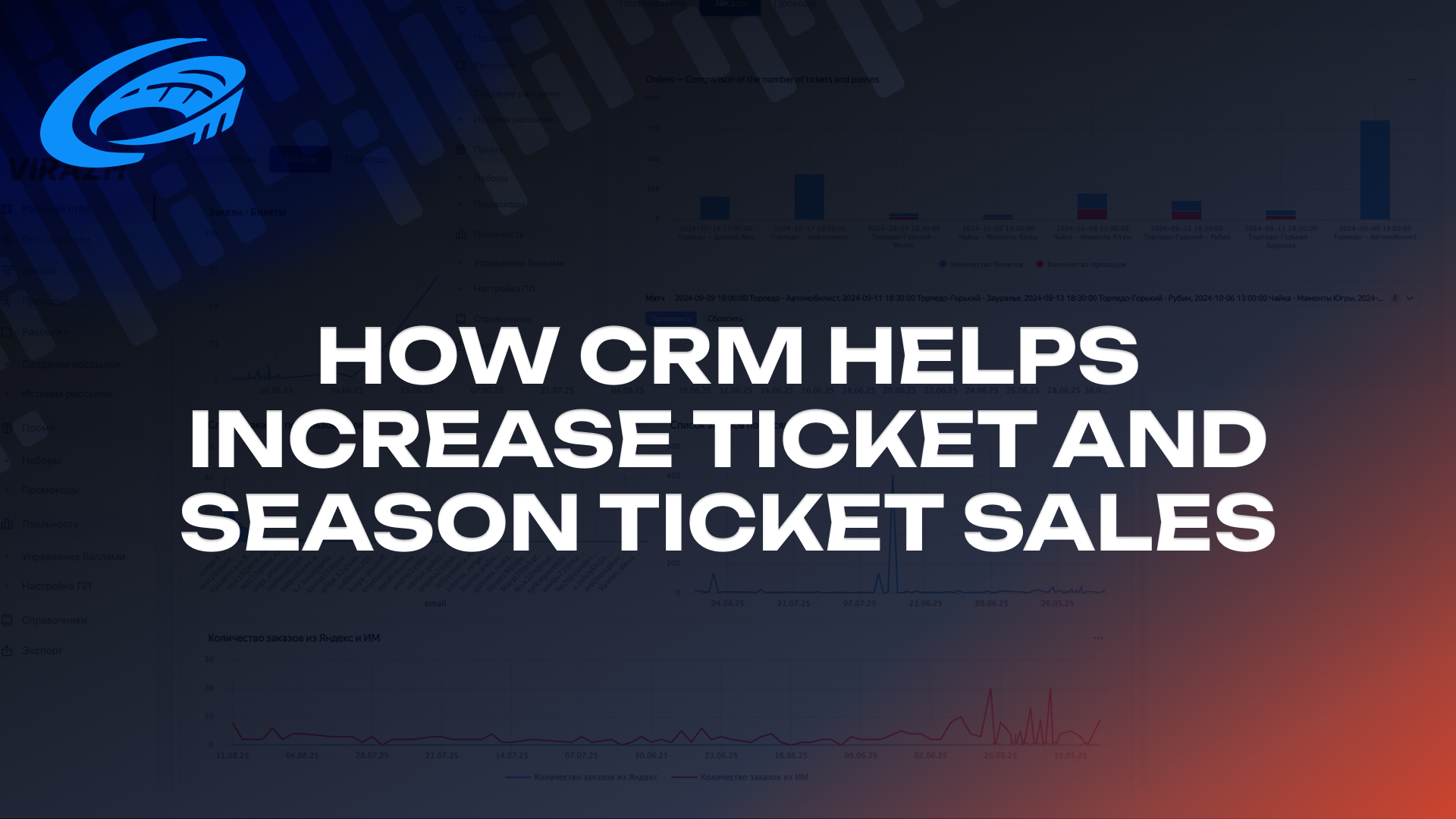
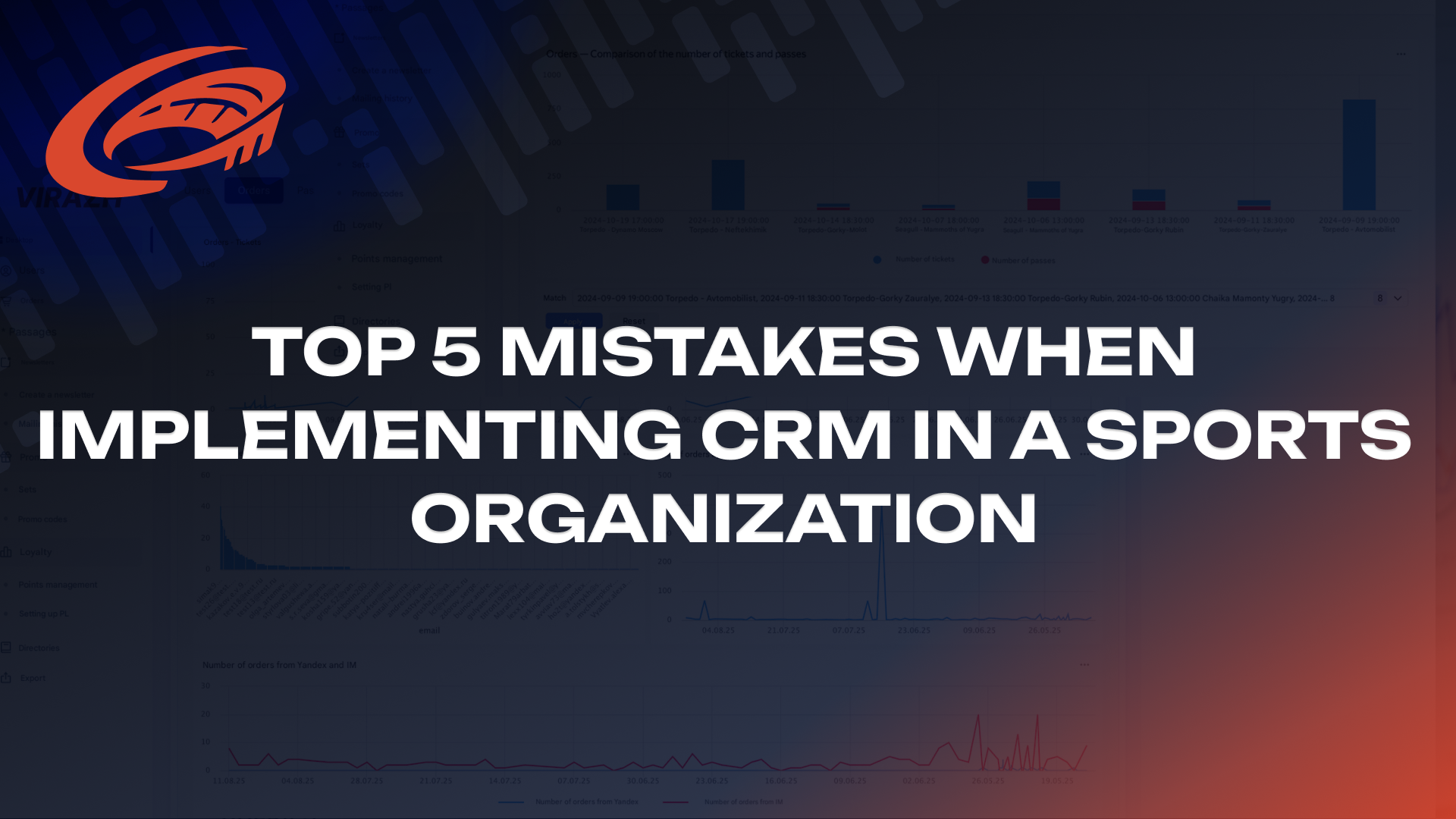

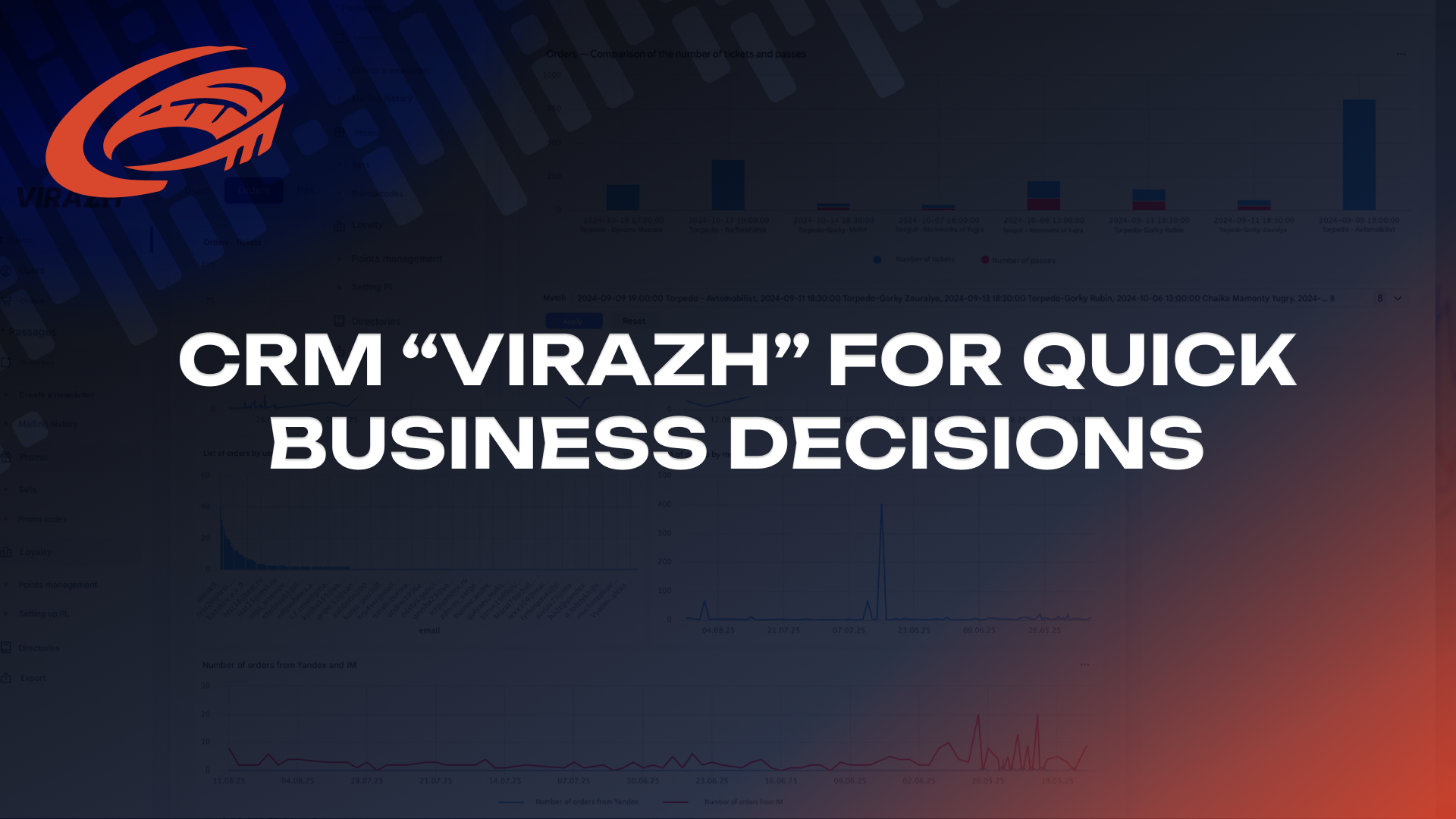

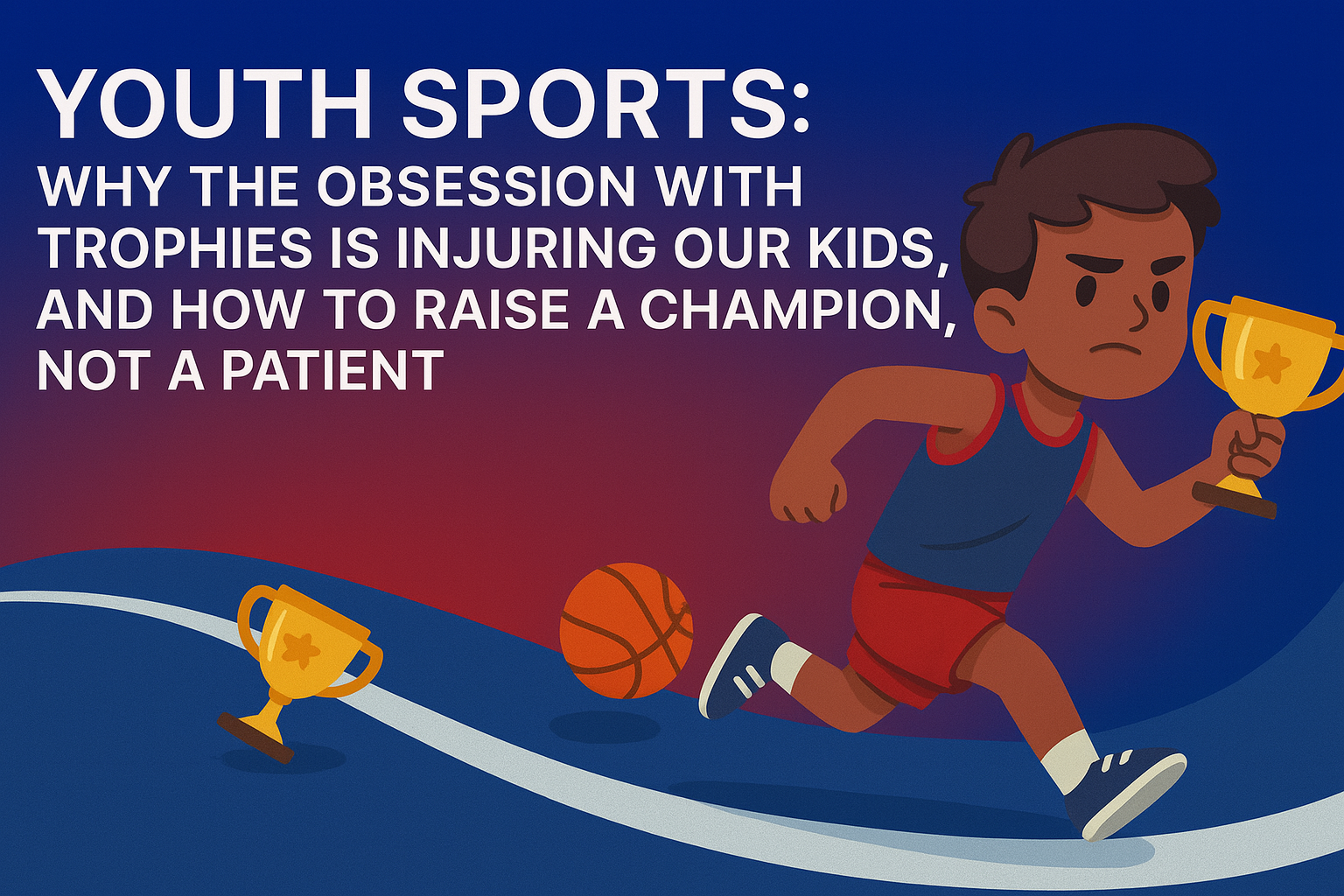









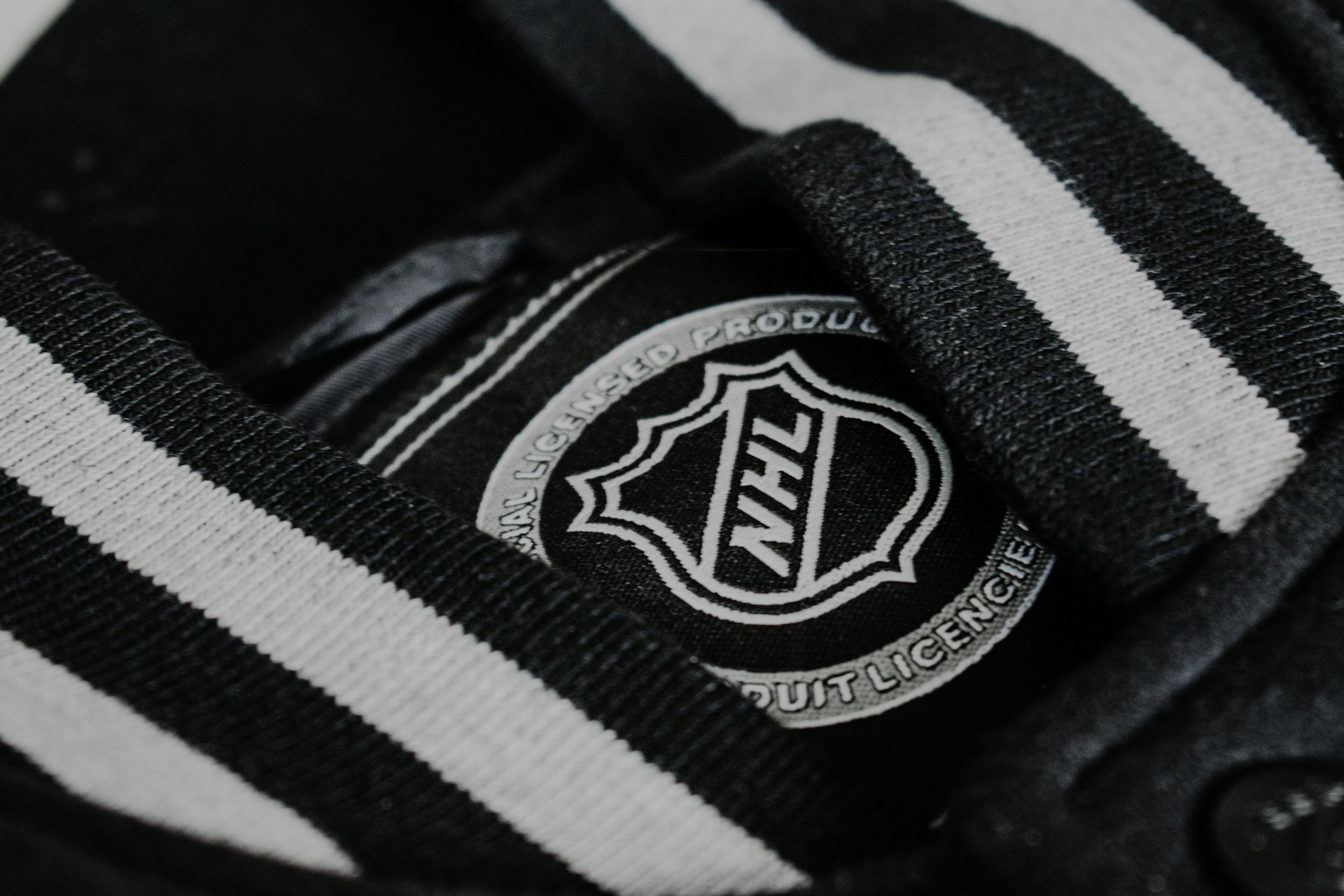




![Custom Software Development Rates by Country [2024]](/assets/images/expertise/it_service/generative-ai-services-hero-banner.webp)





